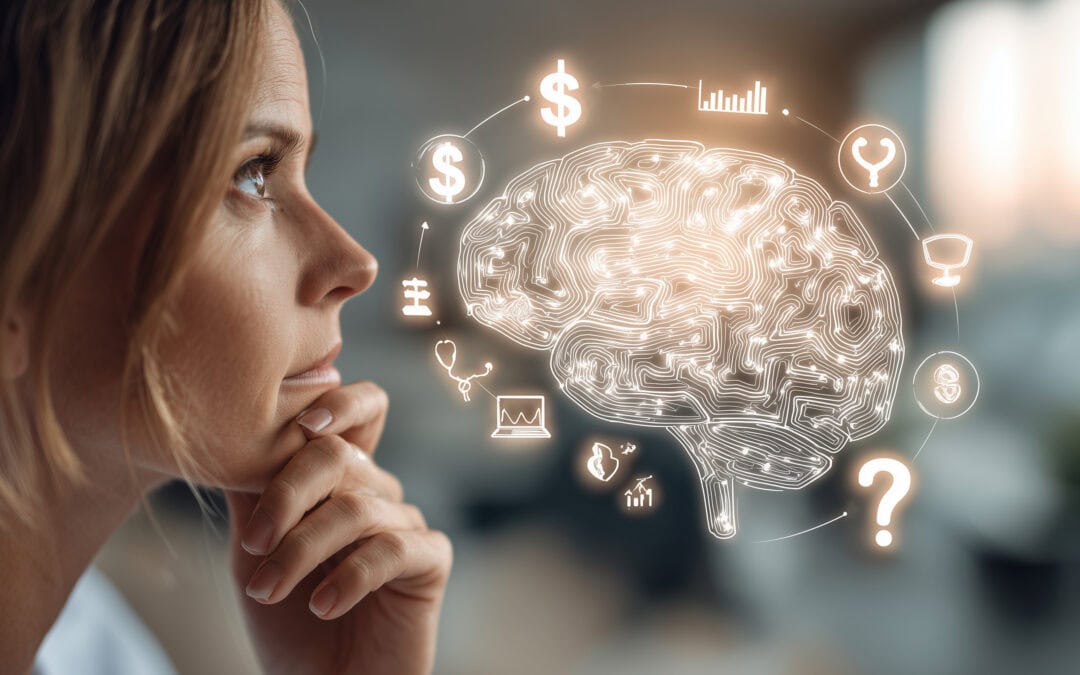The idea of a “social contract” is as old as political philosophy itself. Thinkers from Hobbes to Rousseau argued that individuals willingly surrender some autonomy to governing bodies in exchange for protection and order. The contract legitimizes authority by ensuring rights are respected and duties are clear.
In healthcare, a similar contract already exists. Patients give up some autonomy to their clinicians, trusting them to act in their best interests. Clinicians, in turn, trust the institutions around them to provide safe systems, reliable tools, and a culture of accountability. When this balance is broken—as happened during the rocky rollout of electronic health records (EHRs)—trust erodes, adoption stalls, and resentment lingers.
Artificial intelligence (AI) now demands its own social contract. Without one, healthcare risks repeating the missteps of the EHR era, only on a larger scale.
The Risks of AI Without a Contract
AI offers enormous promise, but its pitfalls are serious. Algorithms can hallucinate, reflect hidden biases, or generate recommendations that lack clinical context. Patients worry that machines will replace human caregivers, while clinicians resist tools they cannot fully trust or understand.
An “AI social contract’s” legitimacy requires oversight, transparency, and respect for rights. In healthcare, this means AI cannot be imposed as a black box. Patients and clinicians will only accept it if leaders guarantee explainability, equity, and accountability.
AI Augmented Services: Expanding Access, Preserving Oversight
The first pillar of the AI Social Contract is the idea of AI-augmented services. These are applications that improve efficiency and access while preserving human oversight.
-
- Virtual triage assistants can answer routine questions, guide patients toward the proper care setting, and escalate concerns to human clinicians. By handling the simple cases, they free caregivers to focus on complex ones.
- Radiology support systems highlight potential anomalies in scans, thereby accelerating review and reducing the likelihood of missed findings. The radiologist still decides, but AI sharpens their focus.
- Administrative automation streamlines tasks like scheduling, prior authorizations, or claims processing. The service is faster and less costly, while clinicians regain time for patient interaction.
 These examples demonstrate that AI can enhance what healthcare systems deliver—without eliminating the human element from the loop.
These examples demonstrate that AI can enhance what healthcare systems deliver—without eliminating the human element from the loop.
AI Augmented Professionals: A New Workforce Model
Chapter 16 of my book Future Healthcare 2050 highlights the transformative potential of AI-augmented professionals. Rather than displacing clinicians, AI amplifies their skills and extends their reach.
-
- Primary care physicians can use AI to synthesize medical history, genomics, and social determinants into a more holistic care plan. The physician makes the decision; AI does the legwork.
- Nurses equipped with AI-driven monitoring tools can detect subtle changes in patient status before deterioration occurs, enabling earlier intervention.
- Pharmacists can leverage AI to instantly check for drug interactions and dosing errors, reducing preventable harm while retaining their role as trusted medication experts.
This model makes healthcare more sustainable in the face of workforce shortages. AI does not replace professionals; it empowers them to practice at the top of their license, spending more time on tasks that require empathy, judgment, and complex reasoning.
Three Foundations of the AI Social Contract
-
- Transparency and Explainability – AI tools must provide audit trails and decision logic that clinicians can understand and patients can trust. A recommendation that cannot be explained has no place at the bedside.
-
- Human-Centered Governance – AI adoption requires oversight committees that include clinicians, patients, ethicists, and data scientists. These bodies must test tools for safety, fairness, and workflow fit before deployment. Governance is not compliance paperwork—it is the mechanism that keeps AI aligned with human needs.
-
- Explicit Accountability – In past IT rollouts, clinicians were left alone when systems failed. The AI Social Contract demands that organizations accept responsibility for outcomes. AI is a tool to support human judgment—never a substitute and never a scapegoat.
Why This Matters Now
The lesson of the EHR is that technology introduced without a contract between its users and its overseers is destined to fail. Clinicians resented systems that valued billing over care. Patients saw little benefit. The result was frustration and distrust that persist to this day.
AI is far more powerful and pervasive than EHRs. Without a social contract, it risks undermining both clinical trust and patient confidence. But with one, it can become the engine of a new workforce model—augmenting services, empowering professionals, and reinforcing the human connection at the heart of care.
Call to Action: Honor the AI Social Contract
Healthcare leaders must recognize that the AI Social Contract is not optional. It is the framework that secures legitimacy for the tools they deploy.
Patients are willing to share autonomy when they trust that systems will act in their best interests. Clinicians are eager to embrace new tools when they are supported, not abandoned. Organizations must guarantee transparency, governance, and accountability to uphold this contract.
AI will not transform healthcare by replacing humans. It will transform healthcare by augmenting human capability—allowing clinicians to deliver safer, more efficient, and more compassionate care.
The AI Social Contract ensures that technology serves humanity, not the other way around.









0 Comments